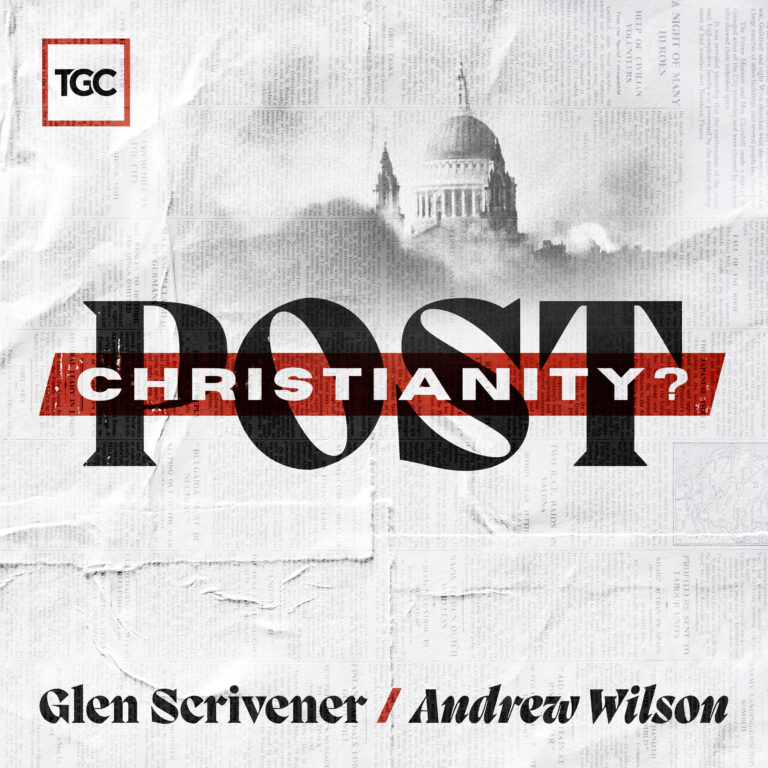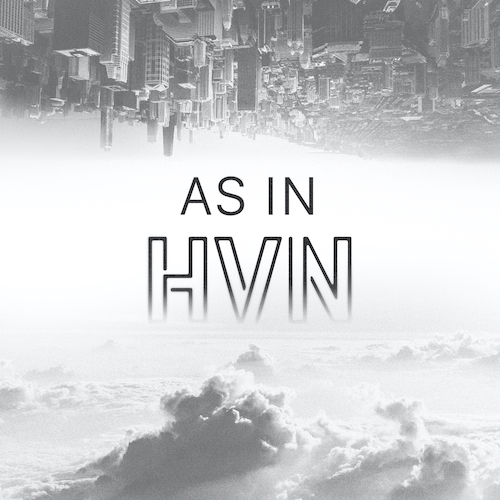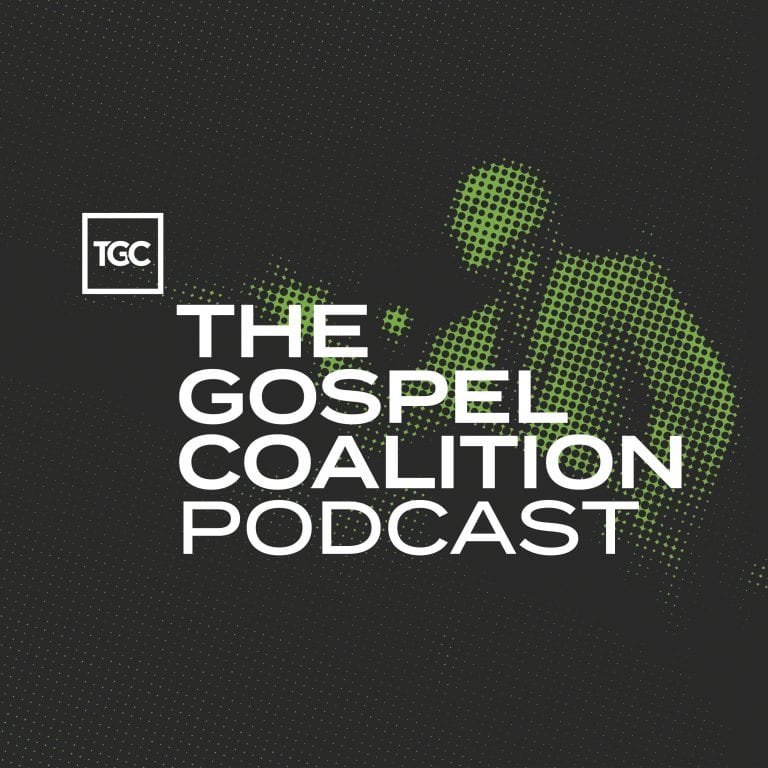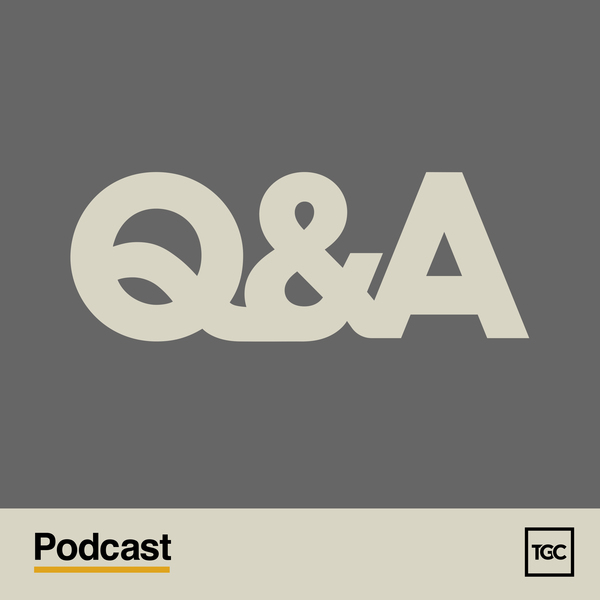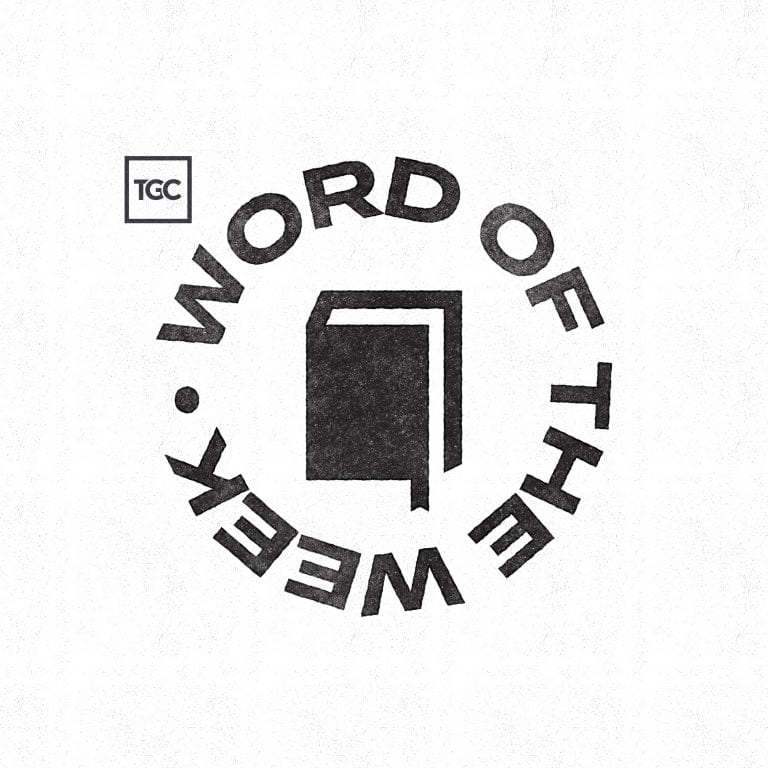On Wednesday, Reuters published an exclusive report about how radioactive material missing in Iraq is raising security fears. According to their report, the Iraqi government is searching for “highly dangerous” radioactive material stolen last year, material they fear “could be used as a weapon if acquired by Islamic State.” The missing device contained up to 10 grams (0.35 ounces) of Ir-192 “capsules,” a radioactive isotope of iridium also used to treat cancer.
“We are afraid the radioactive element will fall into the hands of [Islamic State],” a senior security official with knowledge of the theft told Reuters. “They could simply attach it to explosives to make a dirty bomb.”

This isn’t the first time radiactive material has gone missing from that region. In 2014 Islamic State reportedly stole uranium compounds from Mosul University in Iraq. Writing to UN Secretary-General Ban Ki-moon on July 8, Iraqi UN Ambassador Mohamed Ali Alhakim said that 88 pounds of uranium used for scientific research at Mosul University had been looted. Some militants associated with the group even claimed they had built a “dirty bomb” and were targeting London.
Is this cause for serious concern? Should we worry about Islamic State building a “dirty bomb”?
Not really. Here’s why.
Since the advent of the Atomic Age in the 1940s, catastrophic nuclear events—Hiroshima, Three Mile Island, Chernobyl—have caused the general public to develop a deep-rooted fear of radiation. The new threats brought about by the specter of terrorism, particularly the concept of the radiological dispersion bomb (aka “dirty bomb”), have only increased this “radiophobia.”
Such terror threats are indeed real, and we must constantly take precautions to prevent such attacks as we would any bombing. But Christians have a moral and civic duty to prepare ourselves and our neighbors, both physically and—even more importantly—psychologically, should such an attack take place on our homeland.
When it comes to dirty bombs, the true power of such a device lies not in its ability to spread radiation but in its ability to spread panic and fear. In order to defuse this anxiety we therefore need to develop an awareness of the myths and realities about radiation exposure:
Myth: Like nuclear weapons, the real danger posed by dirty bombs is the fallout from radiation.
Reality: It’s true that radiological dispersion bombs (RDBs) are like nuclear weapons in one respect: the threat is due more to the blast than to the radiation fallout. A dirty bomb is a simply a conventional explosive that has been laced with a radioactive material in order to contaminate a wide area. Because of the devastating effects of a bomb blast, the explosive material in such a bomb would most likely be far more dangerous than the radioactive material it contained. The destructive power and spread of radioactive material, however, would ultimately depend on both the size of the conventional bomb and the volume and nature of the radioactive material. But as the U.S. Nuclear Regulatory Commission points out, a dirty bomb is in no way similar to a nuclear weapon. The presumed purpose of its use would not be as a weapon of mass destruction but rather as a weapon of mass disruption. (1)
In short, what should concern us about a dirty bomb is not the “dirty” but the “bomb.”
Myth: The detonation of a dirty bomb would lead to radiation exposure, which in itself is always harmful.
Reality: The truth is that we’re exposed to radiation every day. In the United States, the unit of measurement for exposure of radiation on human tissue is known as a rem, an acronym for “Roentgen equivalent, man.” (Just as the rest of the world uses the metric system, they also use another unit of exposure known as a Sievert (Sv). The conversion is 100 rem = 1 Sv.) Most exposure, however, is so low that it is measured in millirem (mrem) (1000 mrem = 1 rem).
Natural radiation contributes about 82 percent of the annual dose to the population with medical procedures (e.g., X-rays) contributing the remaining 18 percent. This produces a total annual average radiation exposure of 360 mrem (3.6 mSv). Both natural and artificial radiations affect us in the same way, so exposure limits can be measured together. The OSHA standard for workers who deal with radioactive material in the course of their job is 5 rem (50 mSv) per year. (2)
Myth: The radiation fallout from a dirty bomb would be much greater than normal exposure limits.
Reality: It depends on what source of radioactive material is used. The most likely scenario would involve readily available material such as cesium-137 (which is used for medical purposes in radiation therapy) or cobalt-60 (which is used in food irradiation). Strontium-90, which is found in abandoned portable thermoelectric generators in the former Soviet Union, would be a greater threat; though it is likely the terrorist would die from exposure while transporting such material.
A dirty bomb made of the more powerful cobalt-60 would only deliver an average dose of a few tenths of a rem for people within a half-mile radius, less than that delivered by a CT exam of the head (1,100 mrem). (3) Such an exposure is extremely unlikely to cause long-term harm, much less death or radiation sickness.
Myth: Long-term exposure to even low doses of radiation can cause cancer and birth defects.
Reality: The Health Physics Society, a professional organization of more than 6,000 radiation safety professionals, has advised against calculating risk from exposure to low levels of radiation (less than 10 rem). The International Council on Radiation Protection (ICRP) has similarly advised against calculating risk to populations when the highest-exposed person in that population receives a small dose. “[The conclusions about cancer rates] are based on the use of a concept called ‘collective dose,’ the concept that exposing a large number of people to very low levels of radiation will result in a certain number of cancer deaths,” says Andrew Karam, radiation safety officer of the University of Rochester. “By analogy, we can say that throwing one small stone at each of a million people will result in crushing one or two people because the combined weight of all the stones adds up to a ton, which is enough to crush someone.” (4)
Myth: After the bombing of Nagasaki and Hiroshima, the levels of cancer increased significantly.
Reality: The residents of these cities were exposed to different levels of radiation based on how far they were from the hypocenter of the blast. The survivors who were closest to the blast (within 2.4 to 2.6 km of the hypocenter) were exposed to doses of 0.5 rem (5 mSv) and 20 rem (200 mSv). (0.5 rem is the yearly exposure limit applied by OSHA for pregnant women.) The average dose received by the group of survivors is considered to be about 20 rem (200 mSv), which is four times the average annual dose allowed for radiation workers by OSHA.
A longitudinal study of the atomic-bomb survivors found that from 1950 to 1990, there were 4,863 total cancer-related deaths, of which 428 (9 percent) were attributed to radiation exposure. While the increase is not insignificant, it is unlikely that a RDB or even a “suitcase nuke” would be able to lead to an exposure that was even remotely in that range. (5)
Myth: After the bombing of Nagasaki and Hiroshima, the levels of birth defects increased significantly.
Reality: Efforts to detect genetic effects were begun in the late 1940s. So far, no evidence of genetic effects of radiation exposure has been found. (5)
Myth: An dirty bomb attack would be as devastating as the 1986 Chernobyl accident or the 1979 meltdown at Three Mile Island.
Reality: First, let’s dismiss some of the misperceptions about Chernobyl and Three Mile Island. The accident at the Chernobyl nuclear power station in the former Soviet Union was one of the worst nuclear disasters in history. Due to faulty design and operator error, an accident occurred in the reactor core that allowed the release of radioactive gas and dust particles that were carried throughout Russia, the Ukraine, and parts of Europe. (6)
During the initial accident, 31 emergency workers died trying to bring the disaster under control (28 died of radiation poisoning) while 203 more people were immediately hospitalized. No other deaths were attributed to the accident, and there is little evidence that it led to long-term harm.
In fact, about the only documented health consequence of the accident has been an increase in thyroid cancer in children. According to the 2000 UNSCEAR report, some 1,800 cases of thyroid cancers have occurred in about 18 million individuals who were exposed as children during the Chernobyl accident. Fortunately, thyroid cancer is treatable and, if detected earlier enough, not fatal. (7)
Although many people might assume that the site is a radioactive ghost town, it is home to a rotating staff of 6,000 specialists and technicians. Forty documentaries have also been shot on location (including the zombie movie Return of the Living Dead 4: Necropolis). (8)
The meltdown at Three Mile Island was, in comparison to Chernobyl, a rather minor event. Unfortunately, the accident occurred 12 days after the release of the conspiracy/disaster movie The China Syndrome. Because the meltdown coincided with a Hollywood production about an a conspiracy to cover-up an accident at a nuclear power plant, the public reaction was completely out of proportion to the actual danger of the meltdown.
Detailed studies of the radiological consequences of the accident concluded that that the average dose to about 2 million people in the area was only about 1 mrem, less than the exposure during a routine chest X-ray.
Sources:
(1) U.S. Nuclear Regulatory Commission, Fact Sheet on Dirty Bombs
(2) Office of Civilian Radioactive Waste Managment, “Facts About Radiation”
(3) Idaho State University, Radiation Information Network’s “Radiation and Risk”
(4) American Institute of Physics, “Dirty Bombs” Much More Likely to Create Fear than Cause Cancer”
(5) Radiation Effects Research Foundation, “Frequently Asked Questions about the Atomic-bomb Survivor Research Program”
(6) UNSCEAR 1988 Report
(7) National Institutes of Health, Higher cancer risk continues after Chernobyl
(8) CNN.com, Zombie movie filming at Chernobyl
(9) U.S. Nuclear Regulatory Commission, Fact Sheet on the Accident at Three Mile Island
Is there enough evidence for us to believe the Gospels?
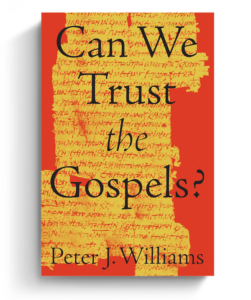 In an age of faith deconstruction and skepticism about the Bible’s authority, it’s common to hear claims that the Gospels are unreliable propaganda. And if the Gospels are shown to be historically unreliable, the whole foundation of Christianity begins to crumble.
In an age of faith deconstruction and skepticism about the Bible’s authority, it’s common to hear claims that the Gospels are unreliable propaganda. And if the Gospels are shown to be historically unreliable, the whole foundation of Christianity begins to crumble.
























